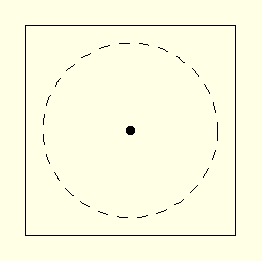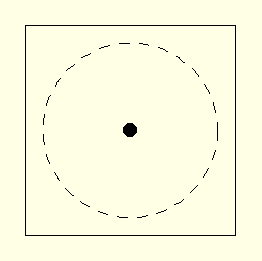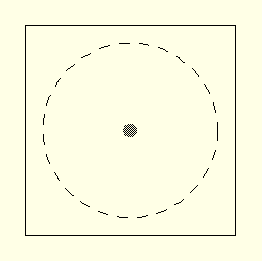


The next set of experiments tested the idea that SIZE and CONTRAST might play critical roles in mate selection. Herzog, et al. (1996) placed cylindrical "targets" of various sizes (3, 6, 9, or 12 inches in diameter) and contrasts (black or grey) in shallow water in the vicinity of a breeding beach. Males were shown to significantly prefer the larger targets to the smaller ones, and those of higher contrast to those of lower.



Specifically, the investigators observed an area surrounding each of the targets and observed at what distance a male would turn from a its generally straight path of travel to attempt to mate with the target. Their findings indicated two possible things: 1) Males can SEE the larger and higher contrast targets better; and 2) Even when they can see them, males may prefer larger targets while sometimes not attempting to mate with smaller ones when given the opportunity.




